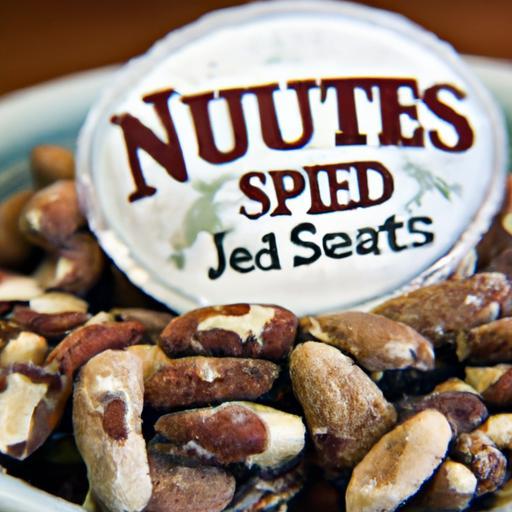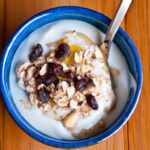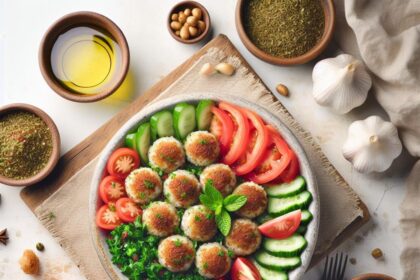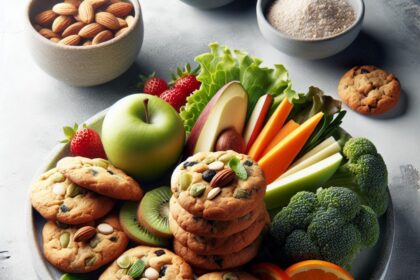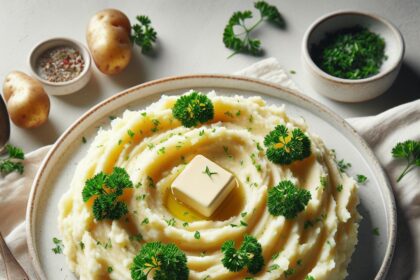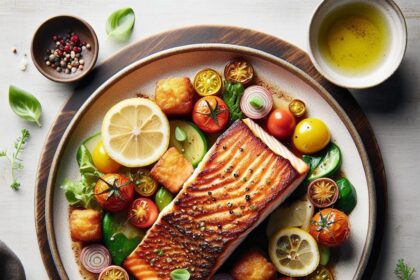Beneath the crunchy shells and delicate husks of nature’s tiniest snacks lies a world of wonder waiting to be discovered. Seeds and nuts are more than just simple bites; they are the protein-packed powerhouses fueling generations with rich flavors and nutrients. Yet, for many, distinguishing a walnut from a pecan or a sunflower seed from a pumpkin seed can feel like a puzzling treasure hunt. Enter the art of nutty labels – a clever, colorful, and creative way to unlock the secrets of these miniature marvels. In this guide, we’ll crack open the mystery of seeds and nuts, revealing simple, smart strategies to identify each one with ease and confidence. Whether you’re a curious foodie, a seasoned baker, or a nature enthusiast, get ready to master the language of nutty labels and savor the knowledge behind every shell.
Nutty Labels: Identifying Seeds and Nuts with Ease
Nutty Labels: Identifying Seeds and Nuts with Ease unlocks the fascinating world of these culinary gems, helping you distinguish between seeds and nuts effortlessly. Whether you’re sprucing up your pantry or aiming to elevate your next recipe, understanding their unique textures, visual cues, and uses is essential-not just for flavor but also for optimal nutrition. My personal journey began with a cluttered spice drawer, where hazelnuts were confused with chickpeas! Since then, mastering identification transformed my cooking and meant no more ingredient mix-ups.
Prep and Cook Time
- Prep Time: 10 minutes
- Cook Time: None (unless toasting, which takes about 5 minutes)
Yield
- Identification skills for over 20 common seeds and nuts
- Practical labeling templates for pantry jars
Difficulty Level
Easy to Medium: Perfect for home cooks and commercial kitchens alike
Ingredients
- Whole almonds-look for smooth, teardrop-shaped shells
- Sunflower seeds-elongated with thin black and white striped shells
- Pine nuts-small, ivory, and slightly oily to touch
- Walnuts-recognizable by their deeply grooved, rough shells
- Pumpkin seeds (pepitas)-flat, green, and hull-less
- Hazelnuts-round with a glossy brown shell
- Chia seeds-tiny, oval, and mottled in black, white, or brown
- Cashews-curved, kidney-shaped nuts with smooth surfaces
- Sesame seeds-small, oval, cream-colored, sometimes black
- Labels and tags for storage jars (preferably waterproof)
Instructions
- Observe Color and Shape: Begin by inspecting the overall color and shape of each seed or nut. For instance, almonds have a matte, teardrop form while walnuts display textured, irregular shells-ideal clues for quick identification.
- Feel the Texture: Gently run your fingers over the shells or seed coats-walnuts are rugged and deeply ridged, whereas pine nuts offer a smooth and oily feel. Seeds like pumpkin and sunflower are flatter and lighter to the touch.
- Use Visual Cues: Look for distinctive markings. Sunflower seeds wear tell-tale black and white striped shells, while chia seeds are speckled and tiny, helping differentiate them from sesame seeds.
- Toast for Aroma (Optional): Lightly toast nuts or seeds in a dry pan over medium heat for 3-5 minutes until fragrant, stirring frequently. Aromatic differences can further aid recognition and magnify flavor in your dishes.
- Label Smartly: Once identified, use clear, waterproof labels for your storage containers. Include both the name and common culinary uses to save time during cooking. For example, “Almonds – Great for baking & snacking.”
- Organize by Use and Nutrition: Group seeds and nuts that share similar roles (e.g., salad toppings, baking essentials) and note their nutritional highlights, such as omega-3 content or high protein, on your labels to enhance meal planning.
Tips for Success
- Store nuts and seeds in airtight containers away from heat and light to preserve freshness and prevent rancidity.
- If uncertain about a new seed or nut variety, refer to nutrition.org for detailed profiles and verification.
- For commercial kitchens, implement color-coded labels or tags to streamline identification during rush hours.
- Use moisture-absorbing packets inside jars to keep seeds and nuts crisp and extend shelf life.
- Experiment with different roasting times to customize texture and flavor before labeling your batches.
Serving Suggestions
Welcome seeds and nuts as crunchy toppings over salads, stir them into morning granola, or blend into energy bars. Garnish dishes with toasted cashews or sprinkle chia seeds atop smoothie bowls for extra nutrition and visual appeal. For a rustic touch, display your labeled jars on open shelves, turning your pantry into a vibrant ingredient showcase.

| Seed/Nut | Calories (per 1 oz) | Protein (g) | Carbs (g) | Fat (g) |
|---|---|---|---|---|
| Almonds | 164 | 6 | 6 | 14 |
| Walnuts | 185 | 4 | 4 | 18 |
| Sunflower Seeds | 165 | 5.5 | 6 | 14 |
| Chia Seeds | 138 | 4.7 | 12 | 9 |
| Pumpkin Seeds | 151 | 7 | 5 | 13 |
For more recipes and tips on working with nuts, check out our Healthy Nut Recipes collection.
Q&A
Q&A: Nutty Labels – Identifying Seeds and Nuts with Ease
Q1: Why is it important to correctly identify seeds and nuts?
A: Knowing your seeds from your nuts isn’t just a fun party trick-it’s essential for nutrition, cooking, and allergy safety. Different seeds and nuts pack unique flavors, textures, and health benefits. Correct identification ensures you’re getting the right nutrient boost and prevents unwanted allergic reactions. Plus, some nuts and seeds need specific preparation to be tasty and digestible.
Q2: What’s the easiest way to tell a seed apart from a nut?
A: While the terms are often used interchangeably, botany comes to the rescue here. Nuts are a type of hard-shelled fruit that contain one seed inside-think hazelnuts or acorns. Seeds can come from various plants and don’t necessarily have that tough outer shell-like sunflower seeds or pumpkin seeds. So, if it’s a standalone hard shell hiding a single seed, you’re dealing with a nut; if it’s a small edible pit from another fruit or plant, it’s probably a seed.
Q3: Are there visual clues to quickly identify popular nuts and seeds?
A: Absolutely! Almonds are smooth, oval, and brownish-beige with a slightly pointed end. Walnuts look like wrinkly little brains inside their shells. Cashews are curved like tiny commas. Seeds like chia or flax are tiny and almost pebble-like, while sunflower seeds are elongated with a black-and-white striped shell. Pumpkin seeds are flatter, greenish, and often appear shelled or shelled white.
Q4: Can tactile feelings help identify nuts and seeds?
A: Definitely! Nuts tend to be harder and firmer, often heavier for their size. Seeds are usually lighter and can feel smoother or sometimes oily, especially varieties like flax or sesame seeds. Running your fingers over a pine nut or a pistachio shelled inside can also tell you a lot-the pine nut is tender and soft, pistachio shells are rigid and crack when pressed lightly.
Q5: How can labeling your nut and seed jars make life easier?
A: Labeling is your secret weapon to nutty success. Clear, creative labels not only save you time rummaging through your pantry but also prevent mix-ups that could ruin recipes or trigger allergies. Use colorful tags, quirky names (like “little crunchy gems” for pumpkin seeds), or include fun facts to make nut and seed storage a joy rather than a chore.
Q6: Are there apps or technology tools to help identify nuts and seeds on the spot?
A: Yes! Several apps use image recognition to identify nuts and seeds from a simple photo. They’re perfect for adventurous foragers or those experimenting with new ingredients. These apps often provide detailed info on nutritional content, culinary uses, and flavor profiles-making every nutty discovery a mini-adventure.
Q7: Is it necessary to learn about origin and processing to truly identify nuts and seeds?
A: While visual and tactile identification is great, the origin story adds layers of understanding. For example, raw, roasted, salted, or flavored versions of the same nut or seed can look quite different. Knowing the typical growing regions can also hint at the quality or variety, like the prized Marcona almond from Spain or Chilean pine nuts. Processing impacts taste and texture, so a little knowledge here goes a long way.
Q8: What’s the nuttiest tip for beginners starting their seed and nut journey?
A: Embrace curiosity and experimentation! Start a labeled nut and seed sampler in your kitchen, try tasting each one raw and prepared, notice textures, colors, and tastes. The more you explore, the easier it becomes to identify and appreciate these tiny nutritional powerhouses. Remember, every nut and seed has a story-get ready to crack open the knowledge!
With these nutty nuggets of wisdom, identifying seeds and nuts becomes not just easy but exciting. Happy labeling-and happy snacking!
The Way Forward
In the grand tapestry of nature’s pantry, seeds and nuts are the unsung heroes-tiny packets of flavor, nutrition, and potential. With the right label, their mysteries unfold effortlessly, turning confusion into curiosity and hesitation into confidence. Whether you’re a seasoned chef, an avid gardener, or simply a curious snacker, mastering the art of nutty labels transforms every handful into a story worth savoring. So next time you reach for that jar or packet, remember: a well-named seed or nut isn’t just a label-it’s an invitation to explore, enjoy, and enrich your culinary adventures with ease.
